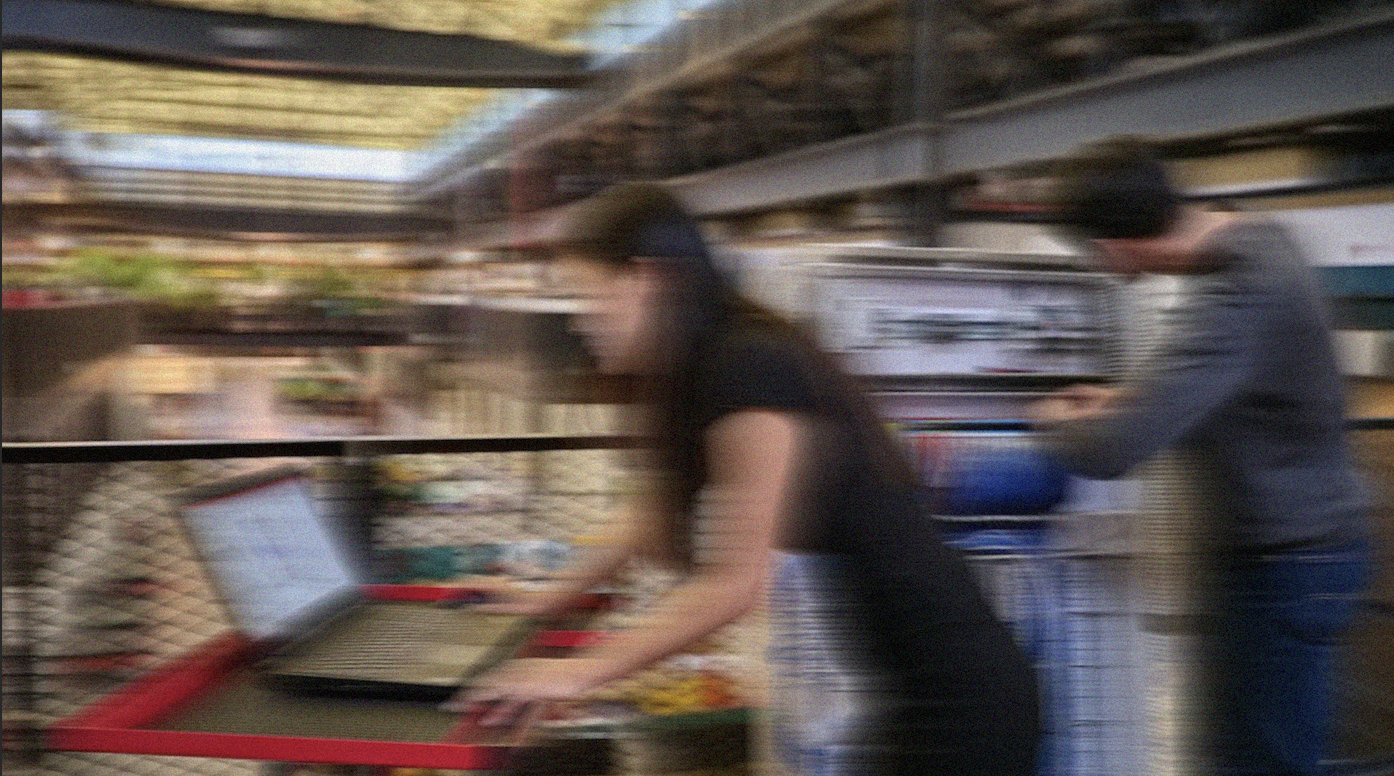Urban centers have traditionally been a source of economic opportunity. During the industrial revolution, people relocated to cities to escape the isolation of rural living, incentivized by industry-specific hubs and the lure of employment. In 2016, according to US Census data, rural areas amassed 97 percent of land in the United States but only housed 19.3 percent of the total population. On a global scale, today 55 percent of the world’s population lives in urban areas, with an anticipated increase to 68 percent by 2050.
The strain many cities are experiencing on systems, infrastructure, and transportation is a reflection of this growth. While cities are adapting to burgeoning populations, both public and private sectors are seeing increased opportunities to harness emerging technologies to prepare cities for a sustainable future. In Brooklyn, the potential for such collaboration to have a positive impact inspired the 2018 launch of The Circular City program in partnership with the New York City Economic Development Corporation (NYCEDC) and Downtown Brooklyn Partnership.
Broadening Scope
Leveraging Newlab’s unique positioning among key stakeholder groups—city leaders, corporate partners, entrepreneurs, and university innovators—The Circular City, is a platform to align around a shared set of urban challenges. Over the past year, the program has continuously prompted all parties to question: what is the value of data-sharing? How does that value differ across stakeholders, and what conditions need to be in place to ensure data and emerging technology yield actionable insights for city agencies, citizens and businesses?
A milestone for the program was a series of roundtable discussions hosted at Newlab in December. Over the course of two dynamic days, groups engaged in open dialogue that questioned and validated theses around the application of emerging technology to address urban challenges related to mobility, resilience and economic development. Each scholar producing applied research shared their work to date as they ready papers for publication in early 2019. The lively conversation prompted valuable insights from partners in the room: NYCEDC, Citi Ventures, Downtown Brooklyn Partnership, Cornell Tech, NYU’s GovLab, Columbia University, CARMERA, Numina, and Citiesense.

The Director of Newlab’s Urban Tech program, Shaina Horowitz, opened the sessions followed by research director André Corrêa d’Almeida of Columbia University and founder of ARCx. “This program is about bringing world-class scholars to Newlab and making applied research part of how Newlab supports and scales frontier technologies,” Horowitz shared. “In its first year, a primary aim for The Circular City was to bring a diverse set of collaborators together around a shared set of challenges and inquiries,” she remarked.
Adding on, d’Almeida notes: “The Circular City is a new model of collaboration that is using data-sharing as a focus.” Key metrics of success, he explained, will include the amount of new data collected and shared, data analysis tools produced, data sharing platforms or agreements formed, and the number of new use cases between groups.
Mobility, Quantified
Up first was the research track analyzing the relationship between data and mobility. Championing this initiative is Arnaud Sahuguet who is the Director of The Foundry at Cornell Tech, a program that translates student and faculty research into technologies and startups. To Sahuguet, a circular city is regenerative, accessible, and abundant by design, a lens he is applying to understanding how people move through New York City.
Sahuguet’s research examines the benefit of CARMERA and Numina’s data for Downtown Brooklyn, which is providing real-time insight into pedestrian, cyclist, and vehicular movement. To evaluate new data sources, Sahuguet introduced four key factors to consider: scale, freshness, quality, and privacy. In reference to the demand for mobility data from city agencies, a series of interviews uncovered a broad list of data requests, such as pedestrian traffic, curb usage, and fine-grain data on multi-modal transit.
Early lessons for startups, noted Sahuguet, include identifying the right partners that can accelerate product deployment opportunities. The need to deliver actionable datasets that resonate with both data scientists and policymakers is also a recommended priority. Sahuguet advocated for city representatives to implement a framework to share their challenges early and often, and negotiate data-sharing protocols that work for New York City.
Bouncing Forward
The next roundtable moved to a theme universally relevant to cities, and of particular interest to New York City: resilience. As defined by the lead of this research track, Columbia University’s Nilda Mesa, urban resilience is “the ability to absorb future shocks and stresses and bounce forward.” Mesa was the first Director of New York City’s Mayor’s Office of Sustainability, where she worked on the innovative OneNYC long-term sustainability plan. Her experience leading initiatives on climate, energy, transportation, waste, air, and environmental justice, lends a unique perspective to evaluating how startups can contribute to a continuous urban resilience strategy.
To examine resilience at the neighborhood level, Mesa is focusing on the issue of trash buildup on sidewalks. With trash comes rat infestations, which simultaneously suppress pedestrian foot traffic and pose public health concerns. As people who would otherwise visit the area choose to avoid it, neighborhood desirability declines, local businesses lose customers, and community vitality is weakened. These hypotheses demonstrate that this challenge cuts across public health, economic vitality, water, and air pollution concerns—all crucial indicators of a city’s resilience.
In the past, studies that look to quantify trash and litter within the city rely on manual modes of data collection, Mesa explains. Real-time data collected through an end-to-end IoT and computer vision system, such as Numina’s, offers an entirely new paradigm for understanding the impact of trash on New York City.
However, data produced from startups is not the only useful source of information for evaluating resilience within neighborhoods. Open data, when accessible through a centralized platform, can also play a critical role. “A big component of our work is open data, and thinking about how to make it more accessible,” states Starling Childs, CEO and co-founder of Citiesense. Citiesense is enabling data-driven city planning through a map-based data platform.
Connective Tissue
It’s impossible to consider mobility or resilience without examining economic development; city growth is dependent on jobs and economic activity that powers the provision of public services. When applying data to increase these opportunities, Stefaan Verhulst, co-founder and Chief Research and Development Officer of GovLab, is emphatic: “without a clear use, data is worthless. The value proposition depends on how data can be used for situational analysis, cause and effect analysis, prediction, impact and value assessment, and ecosystem support.”
Verhulst and Andrew Young, the Knowledge Director at GovLab, have developed a unique framework to map how data can be used to tackle obstacles related to economic development. Among the most crucial are issues related to managing traffic congestion for commuters and business deliveries, predicting the impact of disasters and catastrophic events, and estimating the potential financial impact of construction on local businesses.
A Collaborative Model
While different cities, and even boroughs, have varying needs, this applied research is uncovering substantial pathways to incentivize the production, sharing, and exchange of data to directly address challenges. By creating a sandbox for experimentation and exchange, The Circular City is empowering cities, corporations, startups, and civil society to collaborate in inimitable ways previously unavailable.
As cities become home to a growing majority of the world’s population, this model anticipates how public and private stakeholders will need to collaborate and leverage emerging technology in response to these critical challenges.
The Circular City is a program of Newlab City that is designed to bring together entrepreneurs, city leaders, corporate partners, and university innovators to accelerate the development, deployment, and partnerships necessary to achieve breakthroughs in the way emerging technology can positively impact life in cities. The research reviewed at the December roundtables will be officially published in early 2019 at a Newlab showcase.




